The difference between lavender and lavender
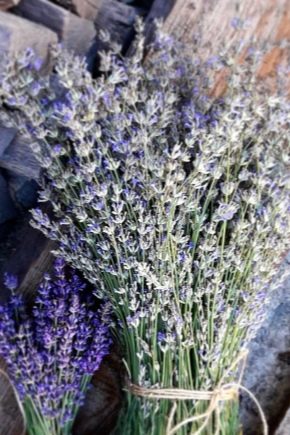
Some people mistakenly believe that lavender and lavandin are the same plant. But actually it is not. There are differences between them both in appearance and in other parameters. In order to distinguish between plants, you need to familiarize yourself with their characteristics and conditions of detention.
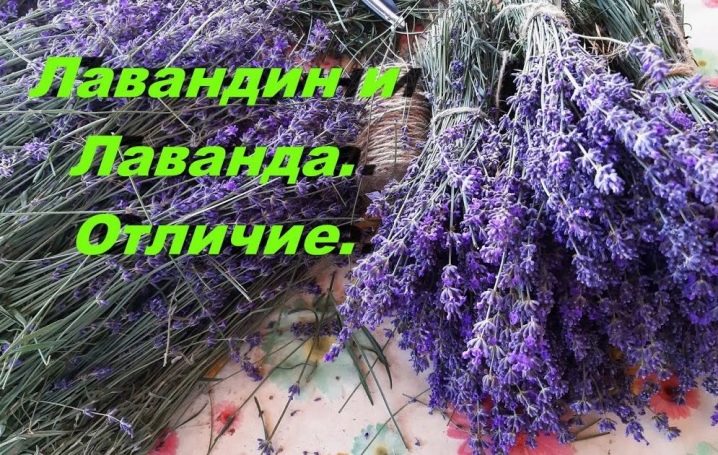
Differences in appearance
Lavandin is considered to be a hybrid derived from narrow-leaved and broad-leaved lavender. To distinguish two plants, you need to pay attention to their appearance. The most notable differences are as follows:
- lavandin is a larger plant;
- begins to bloom earlier than narrow-leaved lavender;
- there are three inflorescences on the stem of the lavandin, not one.
If you focus on these signs, then even in appearance you can determine what kind of culture is growing on a personal plot or found in the wild.
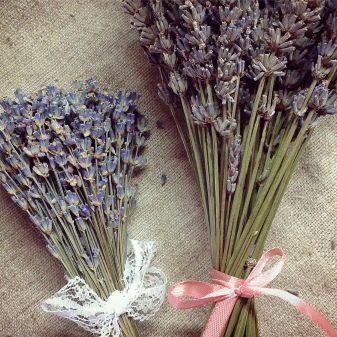

Scent comparison
The difference between the two plants is not only in appearance, but also in aroma. In order to feel it, you first need to smell the inflorescences of one culture, and then another. After that, it will become clear that lavandin has a more pronounced aroma.
If lavender flowers or leaves are crumpled in your hands for a while, the fragrance will be felt on the skin for several hours. In most cases, it disappears from lavender in a few minutes.
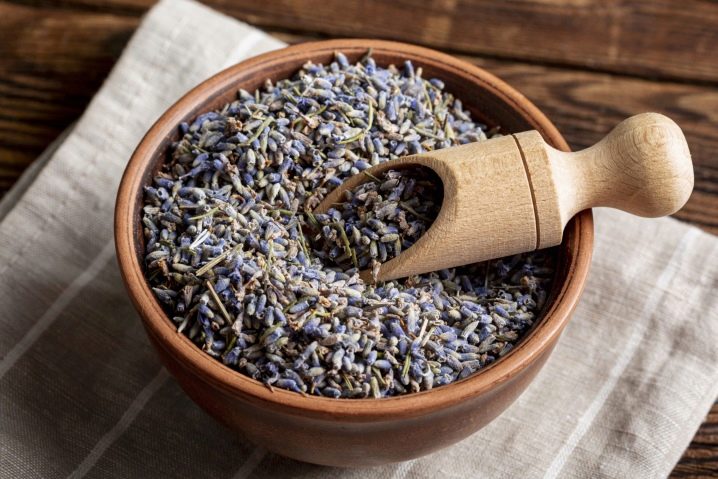
Other differences
There are other differences between lavender and lavender. So, if you study the composition of the latter, you can find that the essential oil contains about 7% more camphor. Thanks to this, lavandin has a stronger antiseptic effect.
Despite all of the above, lavandin has a low cost price. Lavender is slightly more expensive. Both cultivated plants are able to grow over the site quickly enough. This is their main similarity.
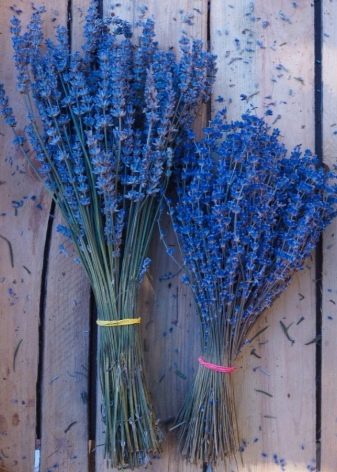
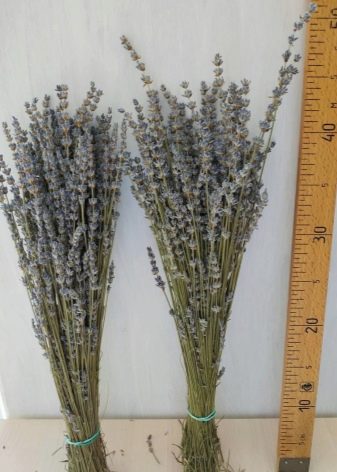
Appointment
Lavender and lavender have identical uses. The latter is more efficient. Cultures have a positive effect on the body. The extract is widely used in cosmetology, medicine and at the household level. Plants have an antiseptic, antibacterial and healing effect, therefore they are actively used in medicine for the following diseases:
- non-healing wounds and cuts (typical for people suffering from diabetes mellitus and poor blood clotting);
- fungal diseases, including including fungus of nails and feet (baths, lotions, compresses help well);
- burns varying degrees of severity, since cultures have a regenerating effect, helping skin cells to renew themselves as soon as possible.
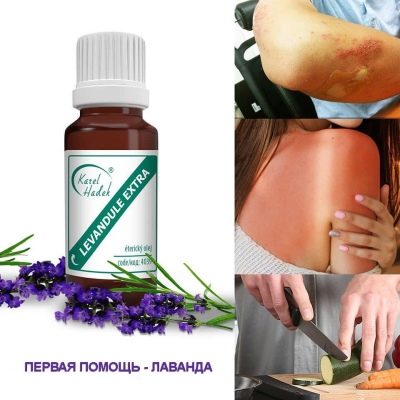
Soothing teas are also made on the basis of lavender and lavender. Drinks have a good aroma, have a positive effect on the nervous system, and also contribute to the normalization of digestion. In cosmetology, essential oils are actively used, prepared on the basis of these plants. They are added to perfumes, eau de toilette, shower gels, shampoos, creams, and more. Typically, these products have an exfoliating, anti-inflammatory, nourishing and soothing effect on the skin, hair and nails.

In everyday life, herbs are used in the following cases:
- to give the room a pleasant aroma;
- for aromatizing wardrobes with clothes and shoes;
- as a moth repellent.
Scented sticks and candles are also made with lavender and lavender for fumigating the room.
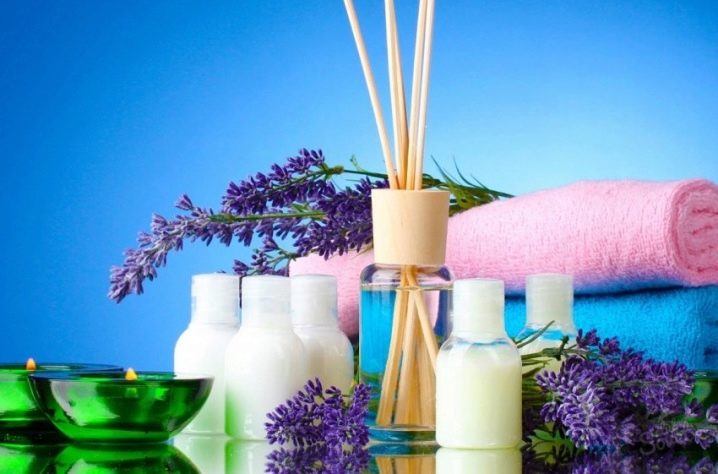
Growing
Plants are successfully cultivated and are often used in landscape design. Both crops prefer sunny areas without excess moisture.
Plants require complex care, which is as follows:
- watering as the soil dries up;
- loosening the soil to normalize air exchange;
- feeding with nitrogen-containing fertilizers.
Lavender prefers fertile soil, so in the spring, natural fertilizer - slurry - can be applied to the soil.
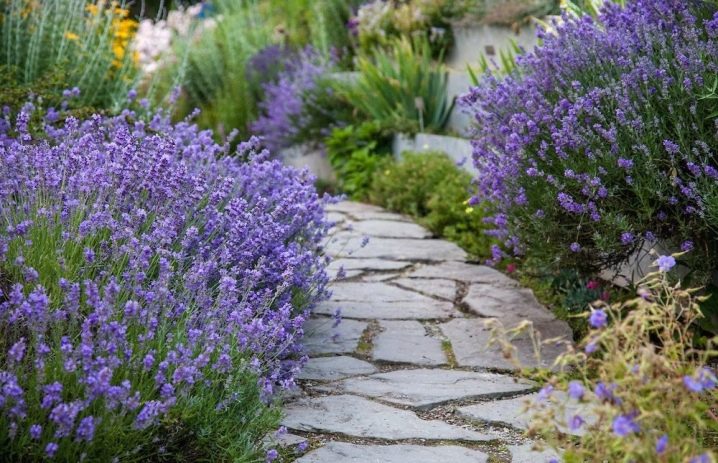
Reproduction
Cultures are propagated identically. There are two main methods of propagation: seed and cuttings. The last way is more complicated. It consists of several stages:
- healthy and large shoots should be cut into cuttings several centimeters long;
- before spring planting, it is recommended to process them in a special solution that promotes active root formation;
- on the bottom of the pots, you need to lay 2-3 cm of the drainage layer;
- a stalk should be planted in heated and moistened soil, watered and removed to a warm place.
As the soil dries up, you need to water it, avoid prolonged exposure to direct sunlight and exposure to drafts. After 30-45 days, it can be transplanted into open ground.
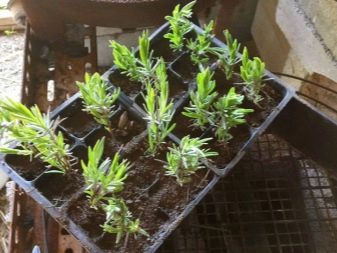

You need to sow seeds at the end of winter or at the very beginning of spring. To improve germination, crops can be covered with polyethylene. Watering is also worthwhile as needed. At the beginning of June or at the end of May, the seedlings can already be transferred to open ground.
With proper care, lavender and lavender can be grown without any problems on the garden plot. It is noteworthy that the cultures coexist peacefully in the same flower bed.
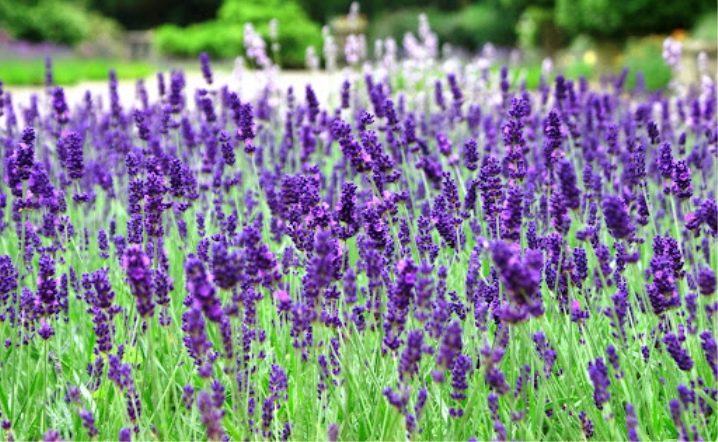







































































































The comment was sent successfully.